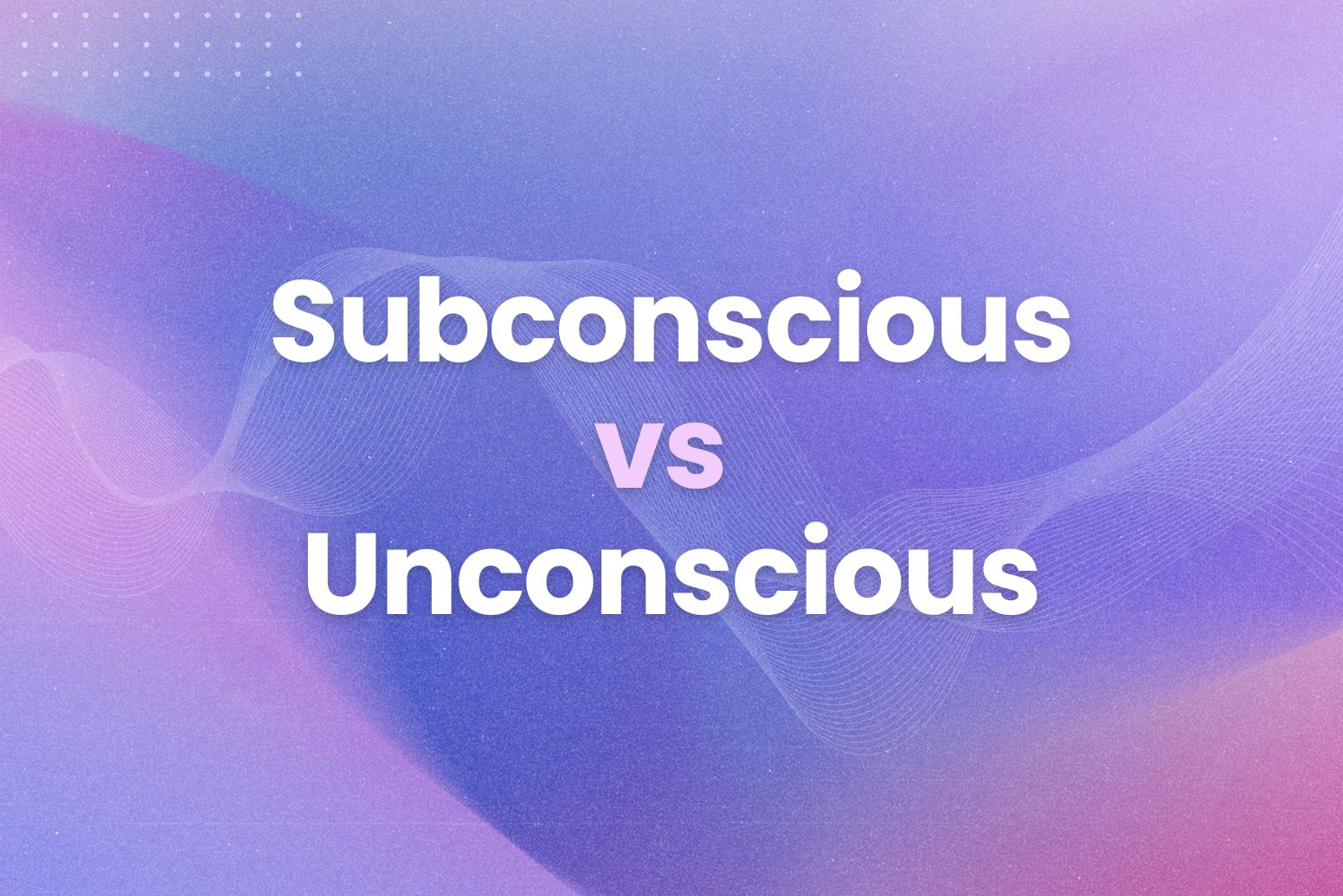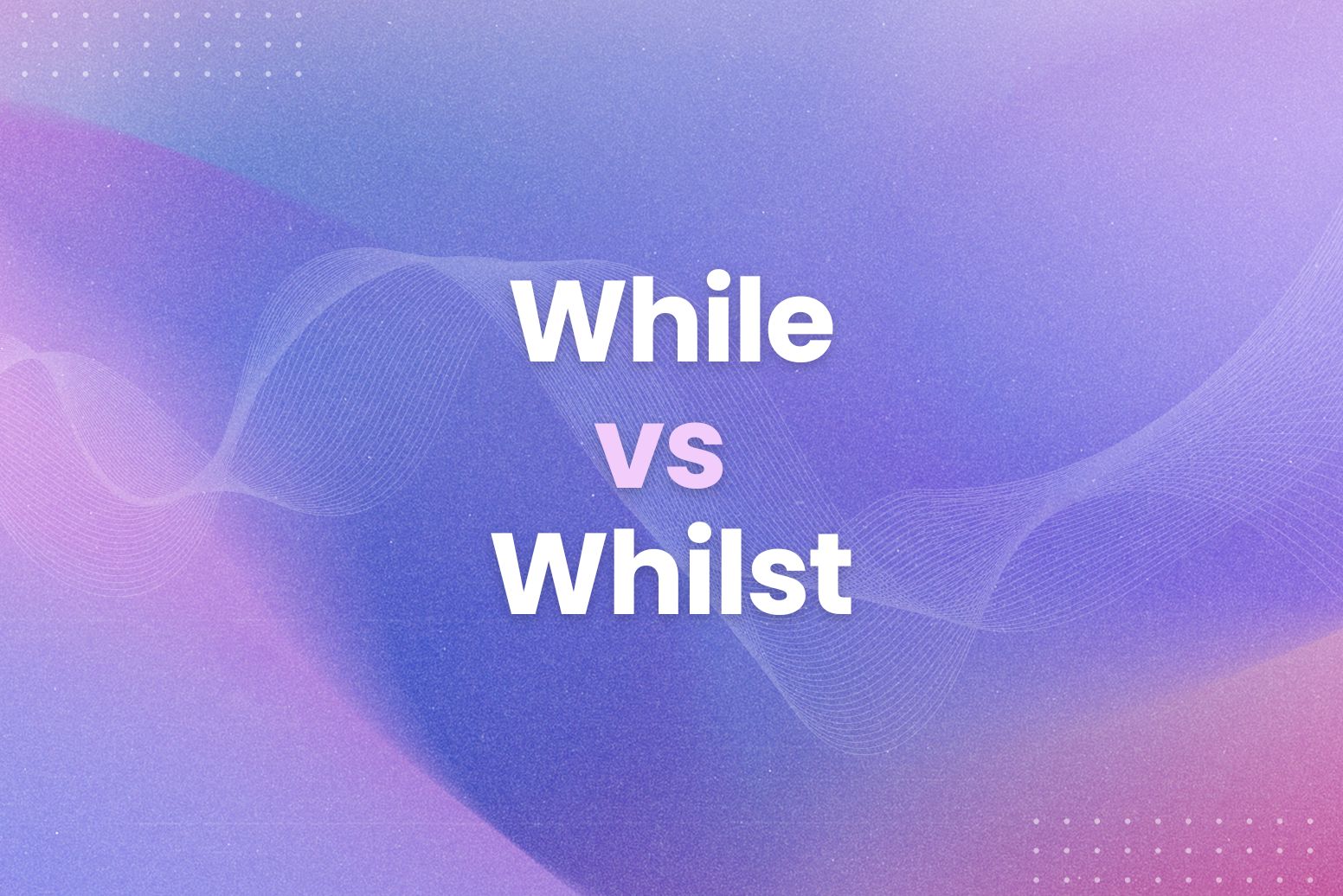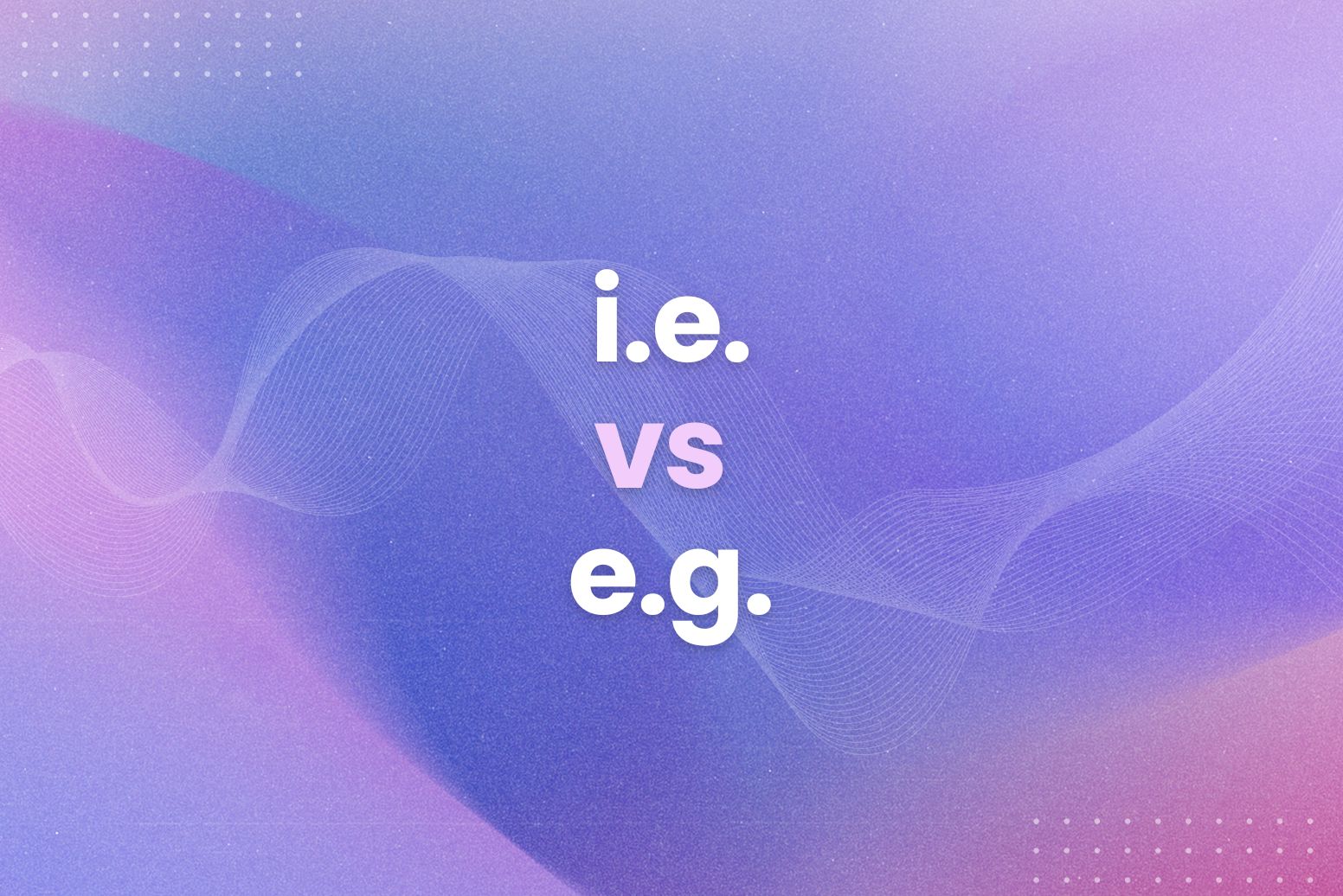We often act on impulses we don’t quite understand. These actions seem to come from somewhere, but where? Is it the same “somewhere” that holds our deepest fears and forgotten memories? These questions point to the often-confused concepts of the subconscious and unconscious mind. This confusion is common; people frequently use these terms interchangeably, yet they represent distinct mental processes. This guide will clarify the key differences between the subconscious vs unconscious. In short, we’ll cover:
- The basic definitions of the subconscious and unconscious.
- The key differences between their functions.
- Examples of each in everyday life.
What are the Subconscious and Unconscious?
The subconscious and unconscious are parts of our minds that operate outside of our direct awareness. But they aren’t the same thing. To clarify, the subconscious is like a mental waiting room. It holds thoughts, feelings, and memories that are not currently in our focus, but we can easily access them. For example, remembering what you had for breakfast is a subconscious process. You weren’t thinking about it a moment ago, but you can recall it now.
On the other hand, the unconscious is a deeper, more inaccessible part of the mind. It contains repressed memories, instincts, and automatic processes that operate below the level of conscious awareness.
In other words, we can’t directly access these contents. For instance, basic bodily functions like breathing and heartbeat happen without conscious control; these are unconscious processes. Similarly, deep-seated fears or past traumas that we may have repressed reside in the unconscious.
To sum up, the key difference lies in accessibility. We can access the subconscious with some effort, but the unconscious remains hidden. Consequently, this difference has a significant impact on how these two parts of the mind influence our behavior.
How Do They Work Differently?
The subconscious and unconscious have different functions. Firstly, the subconscious handles everyday mental tasks. For example, habits live here. So do learned skills and automatic reactions. Think about driving. At first, it needs focus. But with practice, it becomes automatic. Therefore, the subconscious takes over. Consequently, you can think about other things while driving.
Secondly, the unconscious is different. It holds instincts. It also stores repressed memories and deep emotions. For instance, a childhood trauma might be hidden here. Subsequently, it can still affect behavior. This happens even if the person doesn’t recall the event. In other words, unconscious processes affect feelings. They also affect decisions and actions. We often don’t even know it.
Moreover, the unconscious connects to symbolic thought and dreams. For instance, dreams may express the unconscious. Similarly, “Freudian slips” reveal unconscious thoughts. Consequently, these slips show hidden feelings.
To clarify these differences:
- Subconscious:
- Easily accessible.
- Handles habits and skills.
- Manages automatic reactions.
- Unconscious:
- Not easily accessible.
- Holds instincts and repressed memories.
- Influences behavior without conscious awareness.
Arvin, the AI browser extension powered by GPT-4, can aid in understanding these ideas. For example, while reading about psychology, Arvin can summarize key points. It can also define complex terms. In addition, Arvin can translate text.
Examples in Everyday Life
Seeing these concepts in action makes them clearer. Firstly, let’s look at the subconscious. For instance, think about walking. You don’t consciously think about each step. Instead, your subconscious manages the movement. Similarly, remembering a phone number you’ve dialed many times happens subconsciously. You just type it in. Therefore, the subconscious makes daily tasks easier.
Secondly, the unconscious is trickier to spot. It operates behind the scenes. For example, a sudden fear of heights might stem from a repressed childhood fall. The person may not remember the fall. However, the fear remains. Consequently, this fear influences their actions. Similarly, a strong dislike for a certain type of food might trace back to a negative childhood experience. This experience may be forgotten. But the aversion persists. In short, the unconscious can shape our preferences and reactions without our awareness.
Moreover, habits can illustrate the interplay between both. For instance, smoking is often a conscious choice at first. But with repetition, it becomes a subconscious habit. Subsequently, the urge to smoke can surface without conscious thought. This urge may even be triggered by unconscious associations, like seeing someone else smoke. Therefore, habits demonstrate how conscious actions can become subconscious and then be influenced by unconscious triggers.
To clarify with examples:
- Subconscious:
- Walking.
- Typing a familiar phone number.
- Habitual actions like brushing your teeth.
- Unconscious:
- Irrational fears or phobias.
- Strong likes or dislikes with unknown origins.
- Emotional reactions triggered by subtle cues.
Putting Your Mind at Ease with Arvin
So, we’ve explored the subtle yet powerful differences between the subconscious vs unconscious. They are distinct parts of our minds. They affect our thoughts, feelings, and actions in different ways. The subconscious handles routine tasks. The unconscious, on the other hand, holds deeper, hidden influences.
To sum up on subconscious vs unconscious:
- The subconscious is easily accessible; the unconscious is not.
- The subconscious manages habits and skills; the unconscious holds instincts and repressed memories.
- Both influence our behavior, but in different ways.
Understanding these concepts can be tricky. But tools can make it easier. Arvin, the AI browser extension powered by GPT-4, can be your personal research assistant. For instance, if you’re reading about psychology or any related field, Arvin can help.
It can summarize key points, define difficult terms, and even translate text. In addition, Arvin’s grammar function can ensure your writing is clear and correct when you’re taking notes or writing your own analysis. Therefore, Arvin can help you explore these complex ideas with confidence.
FAQs About Subconscious vs Unconscious
What is the difference between subconscious and unconscious?
The main difference is accessibility. The subconscious holds thoughts and feelings we can easily access. The unconscious contains repressed memories and instincts we can’t directly reach. In short, one is readily available, the other is hidden.
Is sleep subconscious or unconscious?
Sleep involves both. Some brain activity continues, like dreaming. This suggests subconscious activity. However, we’re largely unaware of our surroundings during sleep. This points to unconscious processes. Therefore, sleep is a mix of both.
Which is more powerful: unconscious or subconscious mind?
The unconscious is generally considered more powerful. It operates on a deeper level. It influences behavior without our conscious awareness. Consequently, its impact can be more profound than the subconscious.
What is the difference between subconscious and unconscious bias?
Subconscious bias refers to biases we’re aware of having, but we may not be actively thinking about them. Unconscious bias, also known as implicit bias, refers to biases we’re not even aware of. In other words, one is just below the surface; the other is completely hidden.






